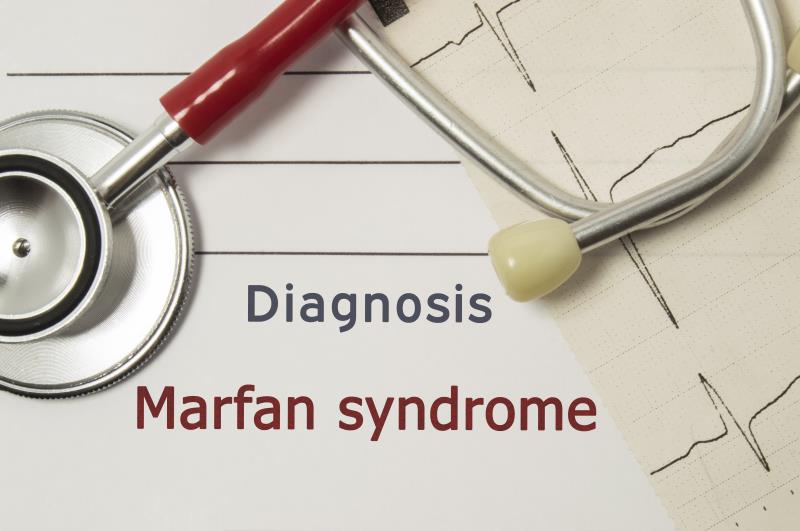
Routine use of the long-acting angiotensin receptor blocker (ARB) irbesartan was associated with a reduction in the rate of aortic root dilatation – which is associated with dissection and rupture – in children and young adults with Marfan syndrome compared with placebo over a 5-year observation period, according to the AIMS* study.
“In clinical practice, aortic diameter measured by echocardiography is usually used to determine the point at which surgical intervention is indicated … We postulated that reduced rate of aortic dilatation with irbesartan might delay the need for surgery and improve … cardiovascular complications [which] are the leading cause of morbidity and mortality [in Marfan syndrome],” said the researchers.
A total of 192 participants (median age 18 years, 52 percent female) from 22 centres in the UK were initially given open-label irbesartan 75 mg once daily for 4 weeks. Participants were then randomized to irbesartan 150 mg for 4 weeks (increased to 300 mg as tolerated) or matching placebo (n=104 and 88, respectively). Participants were followed for up to 5 years. [Lancet 2019;394:2263-2270]
The annual rate of change in aortic root dilatation was lower in the irbesartan vs the placebo arm (mean, 0.53 vs 0.74 mm/year; difference, -0.22 mm/year, 95 percent confidence interval [CI], -0.41 to -0.02; p=0.030). At 3 years, the estimated difference in mean aortic root diameters between groups was -0.67 mm (95 percent CI, -1.32 to -0.03; p=0.041).
The annual rate of change in aortic Z score was also reduced with irbesartan vs placebo (mean, 0.05 vs 0.15/year; difference, -0.10/year, 95 percent CI, -0.19 to -0.01; p=0.035). At 3 years, the estimated difference in mean aortic Z scores was -0.41 mm (95 percent CI, -0.73 to -0.08; p=0.013).
“[These findings suggest that] the reduction in aortic dilatation [with irbesartan] appear to occur early and was maintained over time compared with placebo,” said the researchers.
The fraction of patients reporting at least one serious adverse event was similar between the irbesartan and the placebo arms (24 percent vs 23 percent), implying that irbesartan was well-tolerated. The number of aortic surgeries were also similar between treatment arms (n=5 vs 4, respectively). No deaths were reported.
Irbesartan also led to reductions in systolic and diastolic blood pressure (BP) vs placebo at 1 year (difference, -6.3 and -3.6 mm Hg, respectively). This effect mirrored the findings of another study on patients with Marfan syndrome that reflected a reduction in systolic BP with another ARB, losartan, suggesting the potential benefit of other ARBs in this setting. [Eur Heart J 2015;36:2160-2166]
While this appears to suggest a class effect among ARBs, [Am Heart J 2015;169:605-612] irbesartan might have greater bioavailability and a longer half-life than other ARBs with more potent antihypertensive effects, the researchers pointed out. [Eur Heart J 2016;37:978-985; Acta Cardiologica 2017;72:616-624] “[A]ny differences observed across trials might be related to patient selection, doses achieved, duration of treatment, and precision of measurement method … [These] will be further assessed in a planned individual patient data meta-analysis.”
“[Overall, the findings suggest that] irbesartan could reduce the incidence of aortic complications [in patients with] this relatively common and potentially fatal inherited condition,” concluded the researchers, who called for further exploration to augment the current observations and verify the clinical benefit of irbesartan in this setting.